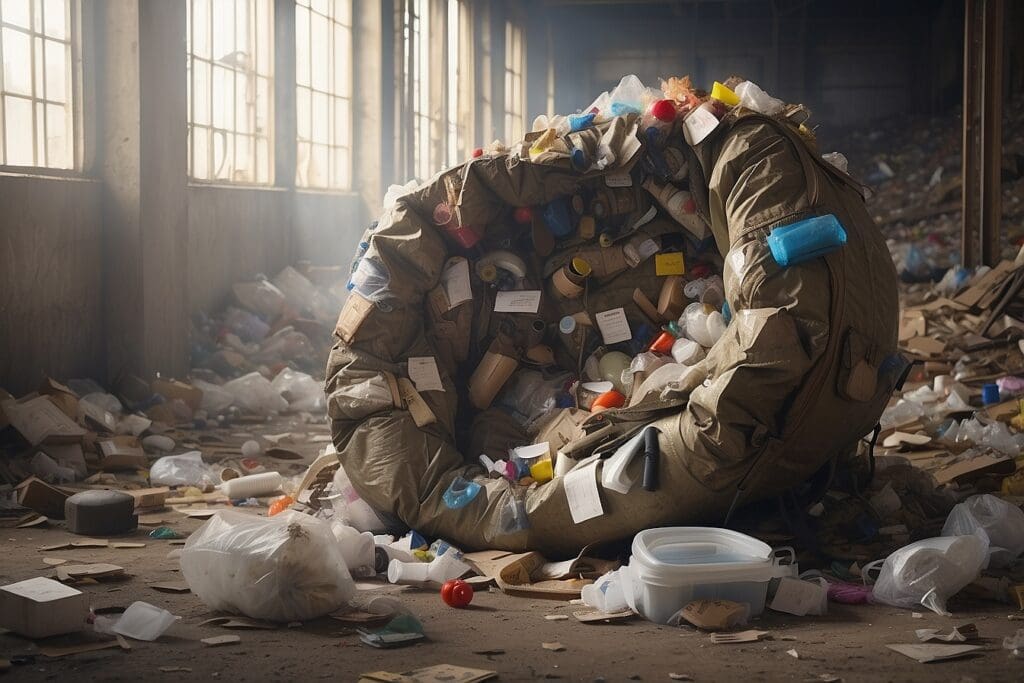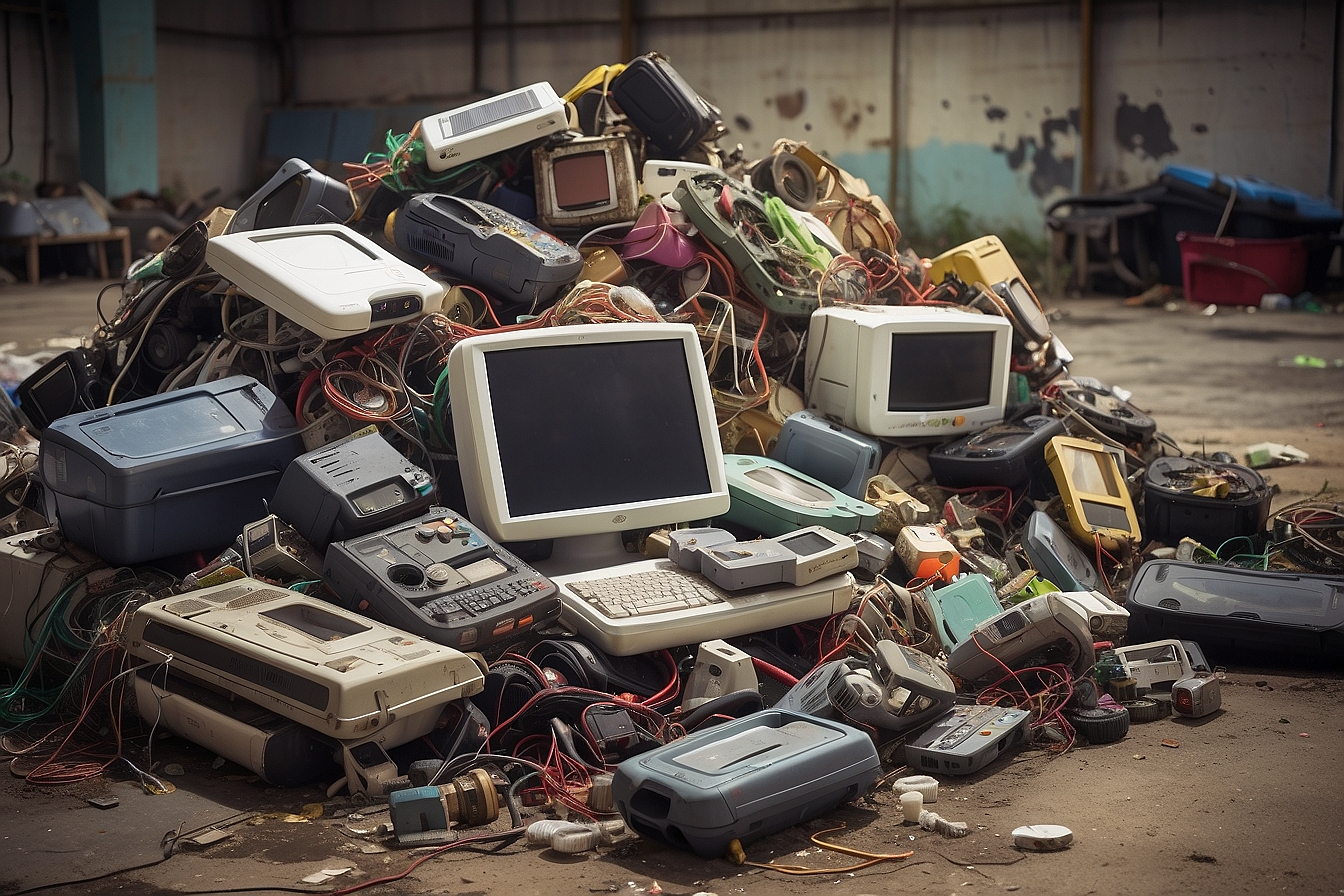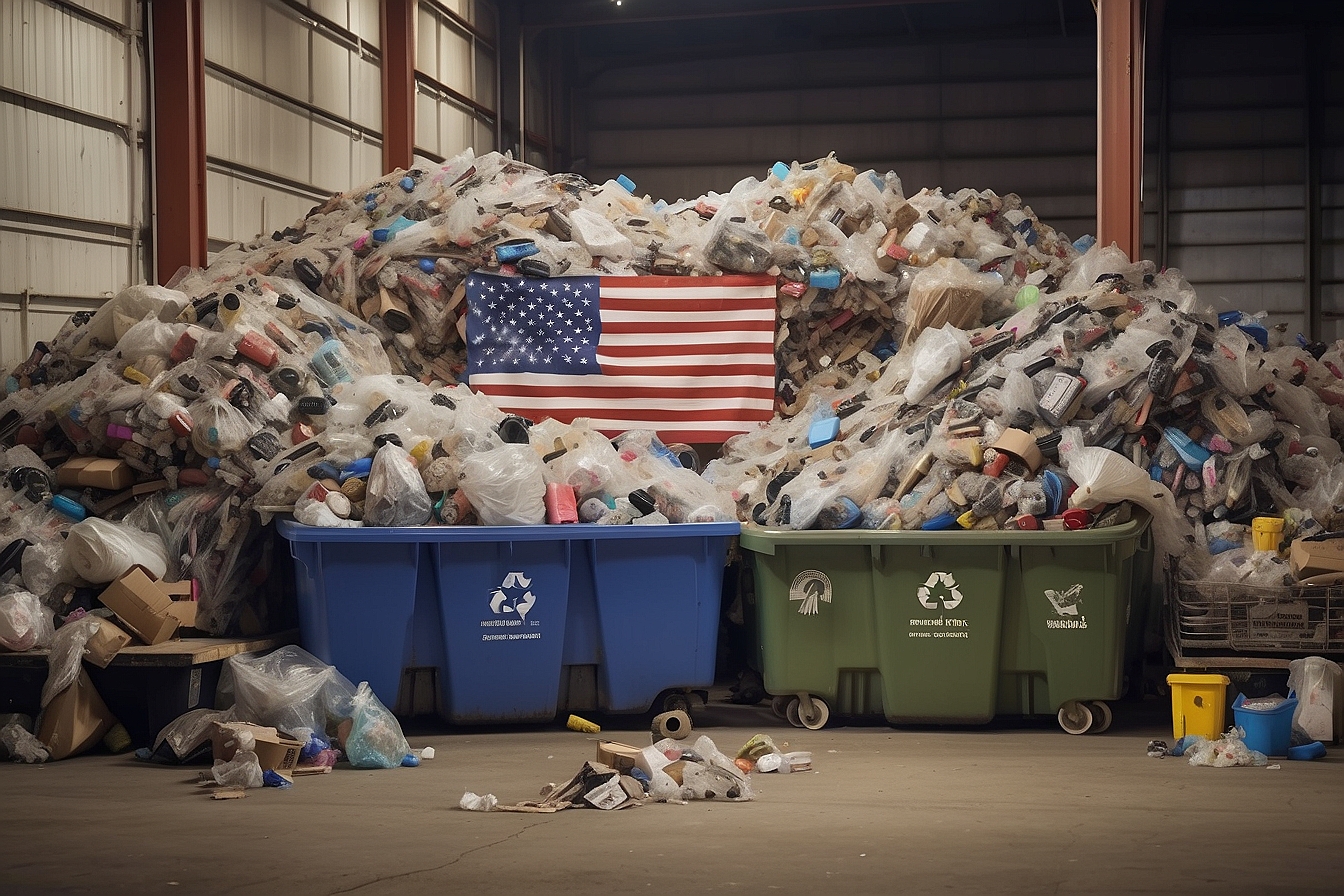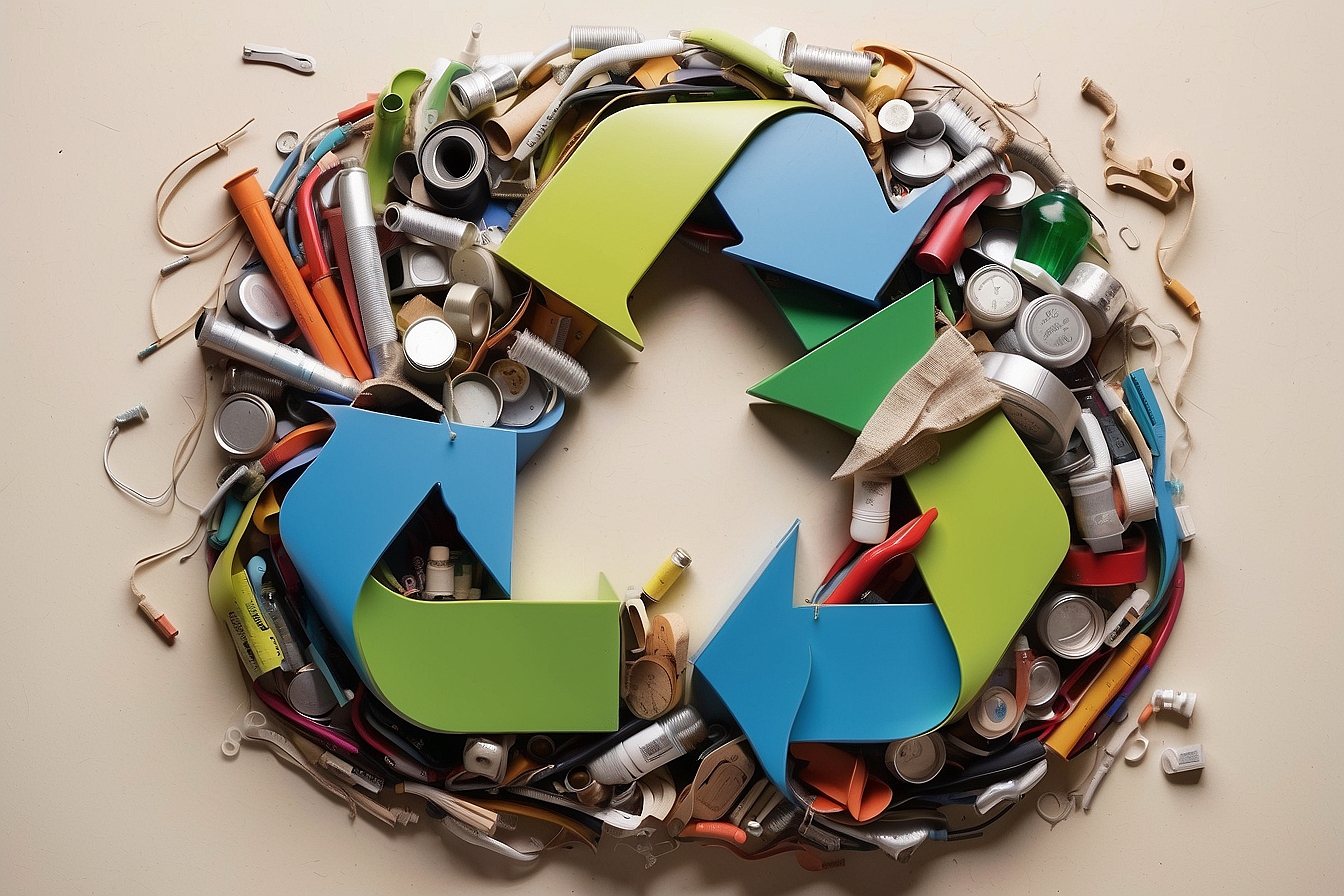It is no secret that human beings have advanced to become a throw-away society. As wealth increases, the need to skimp and save materials decreases. Packaging is ignored as a relatively small price to pay for the convenience of single-serving sized items. Once in the garbage can, society tends to forget about the gargantuan landfill that this plastic wrap will soon contribute to. In economics, the value of trash is known as “marginal utility of waste“, and usually the pattern follows that the more wealthy a nation is, the more garbage is accumulated and not recycled.¹ However, wastefulness does not have to follow economic success and many daily single-use things can be “greenified” and be replaced with reusable ones!
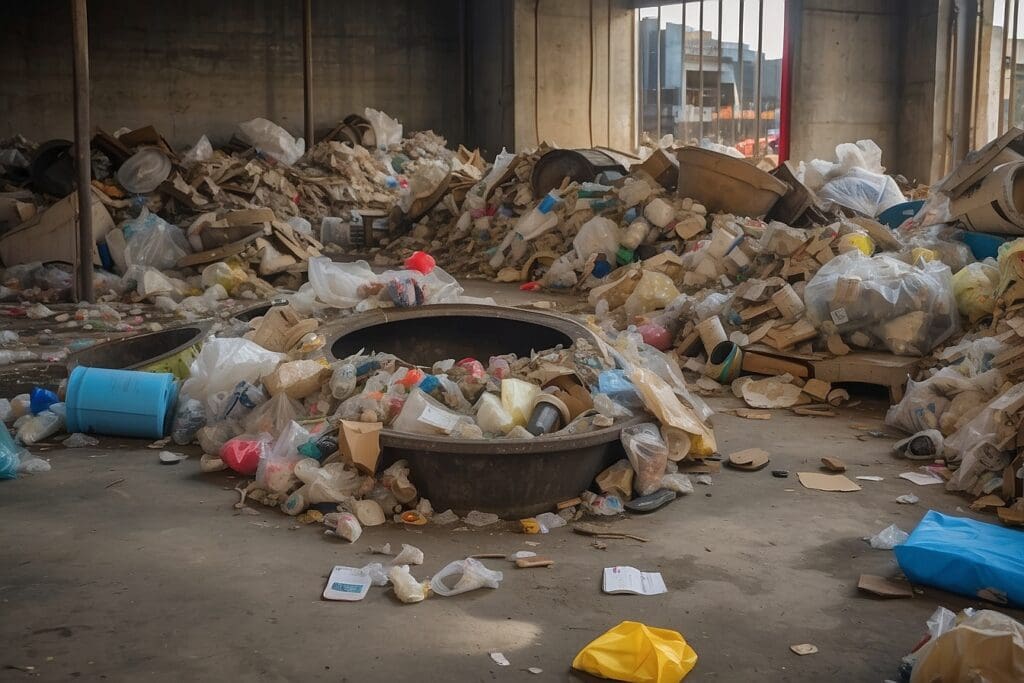
A great number of people have discovered the basics to reusable items. Water bottles, coffee cups, and grocery bags have hit main stream society as well-known environmental practices for the everyday man and woman. Yet those are just the first steps in the war against throw-away items. This simple practice of using reusable things can soon replace the majority of one-time-use every day things, starting with lunch time.
If you are a “bring your lunch” kind of person, try putting your sandwich into a container instead of a plastic sandwich bag: this saves plastic and prevents your lunch from getting smashed along the way. If you are going out to lunch or dinner, bring a decent size tupperware from home. Uneaten leftovers can be put in a reusable container, minimizing the use of Styrofoam. Styrofoam use should also be reduced because it needs about a million years to decompose in a landfill, and also because it contains CFCs, which are notorious for causing ozone layer depletion. Additionally, small plastic containers are probably more spatially economical in your beloved fridge space, there is less of a chance of food spillage on your way home, and it won’t take up half of your trashcan volume like the bulky to-go containers do. If you skip eating at a restaurant and go for the take-out option, offer to use your personal container instead of their to-go boxes. They may look at you strangely and you may feel a bit dorky but people probably used to give the same look when you brought your own canvas bag to the grocery store, and now everyone’s doing it! Awkward glances are sometimes the initial step in green revolutions.
At school or the work place a simple way to reduce your plastic impact is to use pens that have refillable inks. That way when the ink runs out, you don’t need to throw out the whole pen, you can just replace the ink. In most cases, a new ink filler will cost about half of what the pen initially costs, but when purchasing a pen, do some research to make sure that ink refills are actually available to buy. In many cases, especially with very low costing pens, there is no option to purchase ink refills.
The home is where there is the greatest ability to reduce waste because you are in charge of every product that enters into your house. For starters, paper towels and napkins should be the first thing to go. I know, I know, they are a lifeline to a cleaner bathroom, kitchen, drooling baby, etc. but all can be replaced with cloth towels! The average American uses 2,200 paper napkins each year, so replacing paper napkins with cloth ones can be a huge and positive environmental impact. They a greener solution, and they look nice for dinner parties and family events. And if you are unsatisfied with the designs at the store they can be made very simply by purchasing one large piece of fabric and cutting it into squares. To make eight ten inch by ten inch cotton napkins you’ll need about 5/8 of a yard, considering the fabric is about 45 inches wide. If you are already feeling intimidated, just ask the lady at your local fabric counter, she‘ll most likely be happy to help. This is an inexpensive solution to a wasteful problem.
For cleaning the dirtiest areas like the bathroom, there is definitely no need to go out and buy new rags. The purpose of a rag is to get dirty, so why buy a brand spanking new clean cloth? Cut up an old t-shirt or pillow case and start scrubbing. Dish towels can be used in place of sponges as well, which need to be tossed every month or so while rags can always be washed and reused! And science news.com reports that sponges and dishrags usually contain the same amount of germs despite the fact that many sponges claim to be antibacterial.² If you are harboring fears of mixing rags with your favorite pair of jeans in the wash, just make a “dirty rag” bucket, and when it gets full, do a load of rags only.
Making a life that is more recyclable rather than wasteful is not difficult. It just takes a little bit of habit change and a plastic food container or two hidden in your purse or glove compartment.

